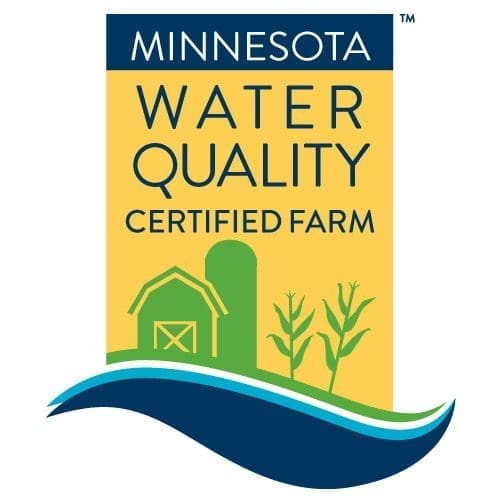What goes into a chicken dinner

Chickens don’t just appear. It’s January and we are already planning for the chickens you will eat this time next year. Yep, takes that long. It’s a lot like planting crops. So it’s time for you to think about what you want to eat this year. We know you want some chicken and some eggs. But for us to get dinner on your plate we need to figure out a bunch of stuff to get started. We’ll over share here a little so you get a sense of what goes into your dinner.
Pasture planning
By January, we are planning how much pasture to fence and seed and run water to. These are huge infrastructure expenses and pretty permanent so we have to get it right. The great thing is that rotational grazing, the way your chickens are raised, is the very best way to build rich and productive soil for the next generation.
Housing
Each Suscovich chicken tractor we use for grazing can comfortably house and protect 30 full-grown chickens. This sizing complies with Certified Humane standards. Each has to be hand-built here on the farm and cost several hundred dollars each. They aren’t cheap or easy but they give the very best access to the fresh grass and bugs every day that give your dinner the flavor you can’t get from the store.
The baby chicks
Well, of course! Can’t forget the chicks. We raise only heritage breeds which are sourced from just a couple of hatcheries specializing in these birds. They are shipped day old to us and we take it from there. Our birds are smaller and take longer to get to full size than the birds you buy in supermarket. Of course, this means it costs us more to raise them and we make less. But that’s OK. These birds are well adapted and hardy. We have fewer get sick and die than with the breeds that are sold in the stores. We firmly believe that our world needs diversity in our food sources and we are committed to keeping these irreplaceable genes for future generations.
Feeding
We are working with our grain supplier now to plan capacity for the coming year. We use a local organic farmer who is practicing restorative agriculture. Even though the birds are on pasture, they still get free-choice supplemental feed. Our birds certified USDA organic. Once the grain is ground for feed it has a short shelf life. We plan now for how much we need to purchase and when we will pick it up. This is no small task since each load is 1000 lbs and a couple hours round trip.
Grazing
This is where we really differ from the supermarket. Instead of a big barn, your birds live on a big field full of grass and bugs to eat and dirt to play in. They are safe and protected by that perimeter fence and the chicken tractor. Every day, we visit them to move the tractor, add free-choice feed, and change their water. Think of caring for your dog or cat, but times 30, 60, 90… Each day when we visit we are checking each bird to see if they are OK and healthy. This is the kind of life we believe your dinner deserves.
Making Dinner
Inevitably, there is the part none of us really enjoy. Fortunately for you, we do this part for you. It takes a team to process 60+ chickens at a time. The equipment is a huge investment, freezers need to be purchased and set up, people (any volunteers?) need to be scheduled, and delivery needs to be arranged. You’ll pick up your 2 or 4 frozen birds each month and fix some amazing dinner. You’ll make stock from the bones (breakfast of champions!). And at each meal you’ll know you did far more than just eat, you have helped sustain the diversity of the species, built soil for the next generation, sequestered carbon and eliminated chemicals, and helped us build a model of sustainable and restorative small-scale farming.
Summary
So that’s just a little of what goes into getting dinner on your plate. Of course there is tons of just business stuff and lots of grunt labor too. We hope this gets you thinking about the small farm and raising food sustainably and ethically. It’s a lot but the results are so tasty…and the future is more hopeful.




